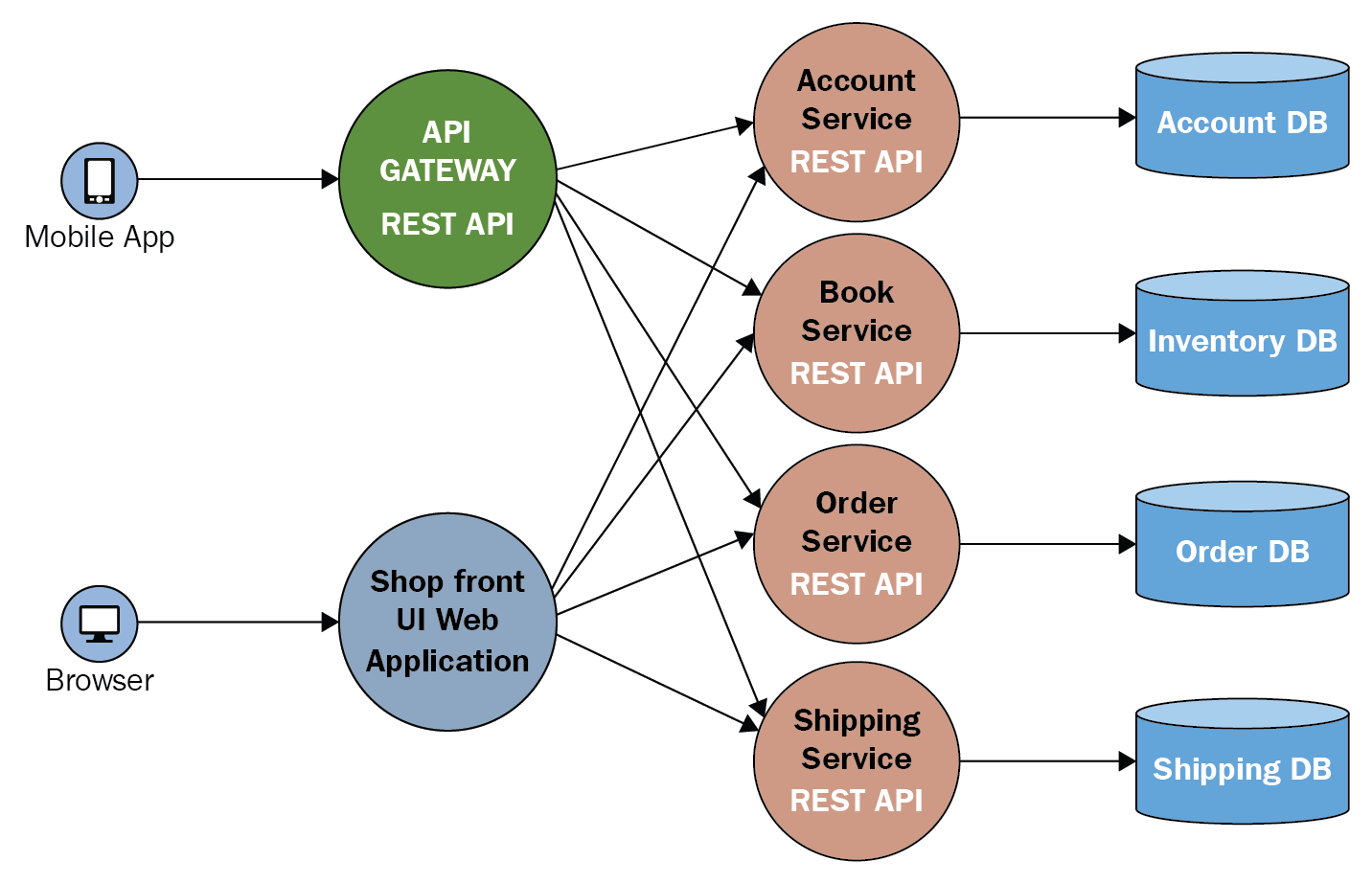
Microservice architecture pattern HandsOn Microservices Monitoring and Testing
Synchronous and asynchronous communication. In a microservices architecture, communication between services can be either synchronous or asynchronous, each serving different use cases and requirements. Synchronous communication involves direct, real-time communication where the client sends a request and waits for a response from the server.
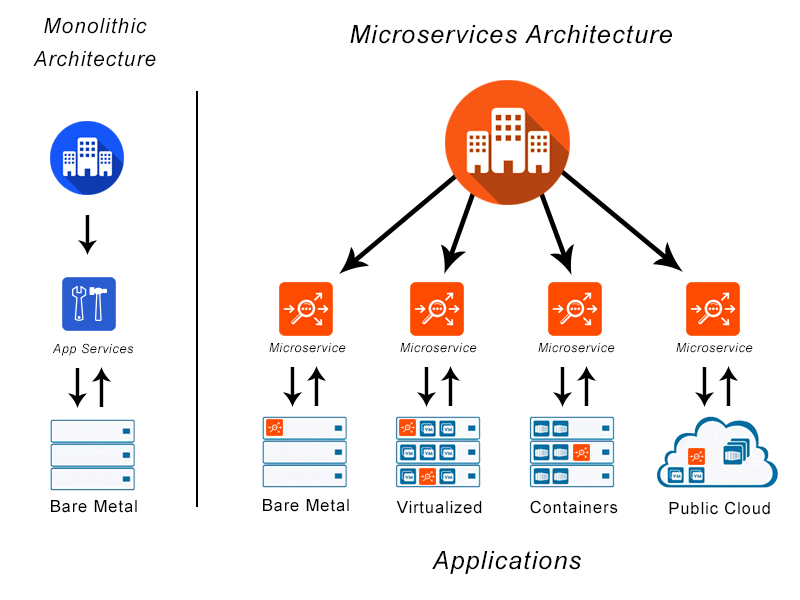
Microservices Introduction Definition Types Amp Benefits Riset
Direct HTTP communication. While direct HTTP calls between microservices are relatively simple to implement, care should be taken to minimize this practice. To start, these calls are always synchronous and will block the operation until a result is returned or the request times outs. What were once self-contained, independent services, able to.

The Complete Guide to Microservices and Microservice Architecture
Communication in a microservice architecture. This content is an excerpt from the eBook, .NET Microservices Architecture for Containerized .NET Applications, available on .NET Docs or as a free downloadable PDF that can be read offline. In a monolithic application running on a single process, components invoke one another using language-level.
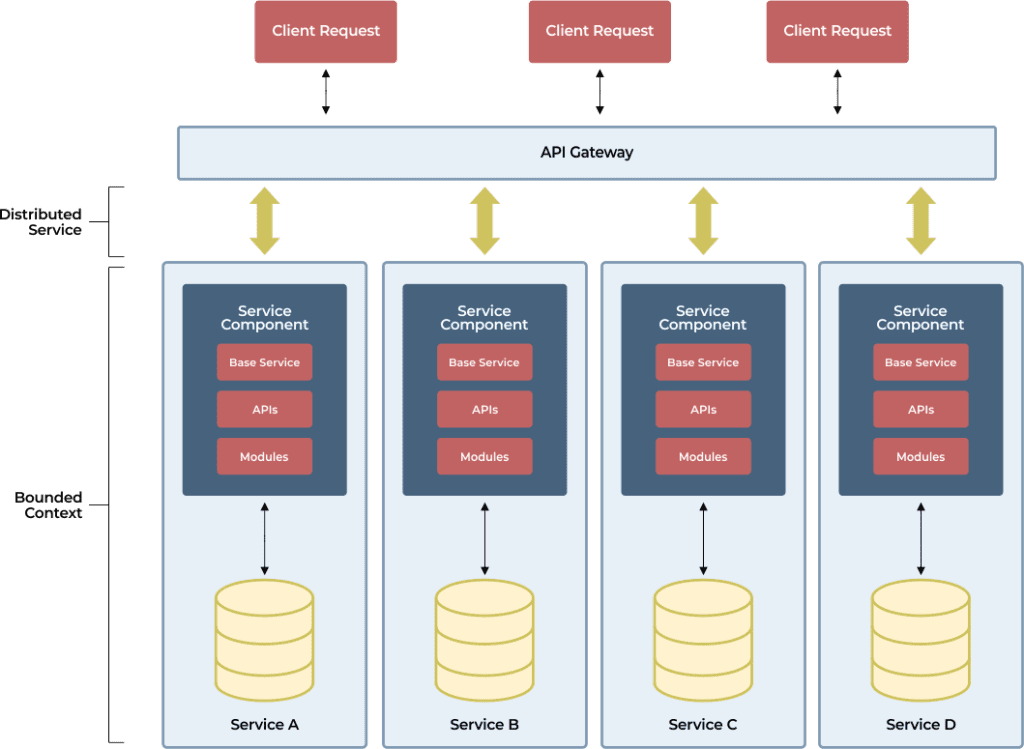
The A to Z Of Microservice Architecture Blog Systango
The microservice architecture provides strong decoupling between services. Per-microservice workflow support eases the burden of implementing complex media workflow logic. Finally, relevant abstractions allow media algorithm developers to focus on the manipulation of video and audio signals rather than on infrastructural concerns.

A deep understanding of bank microservices architecture SmartOSC Fintech
Because In microservices architecture, services are designed for working independently, APIs must have well-defined documented and versioning, so updates don't break other services.
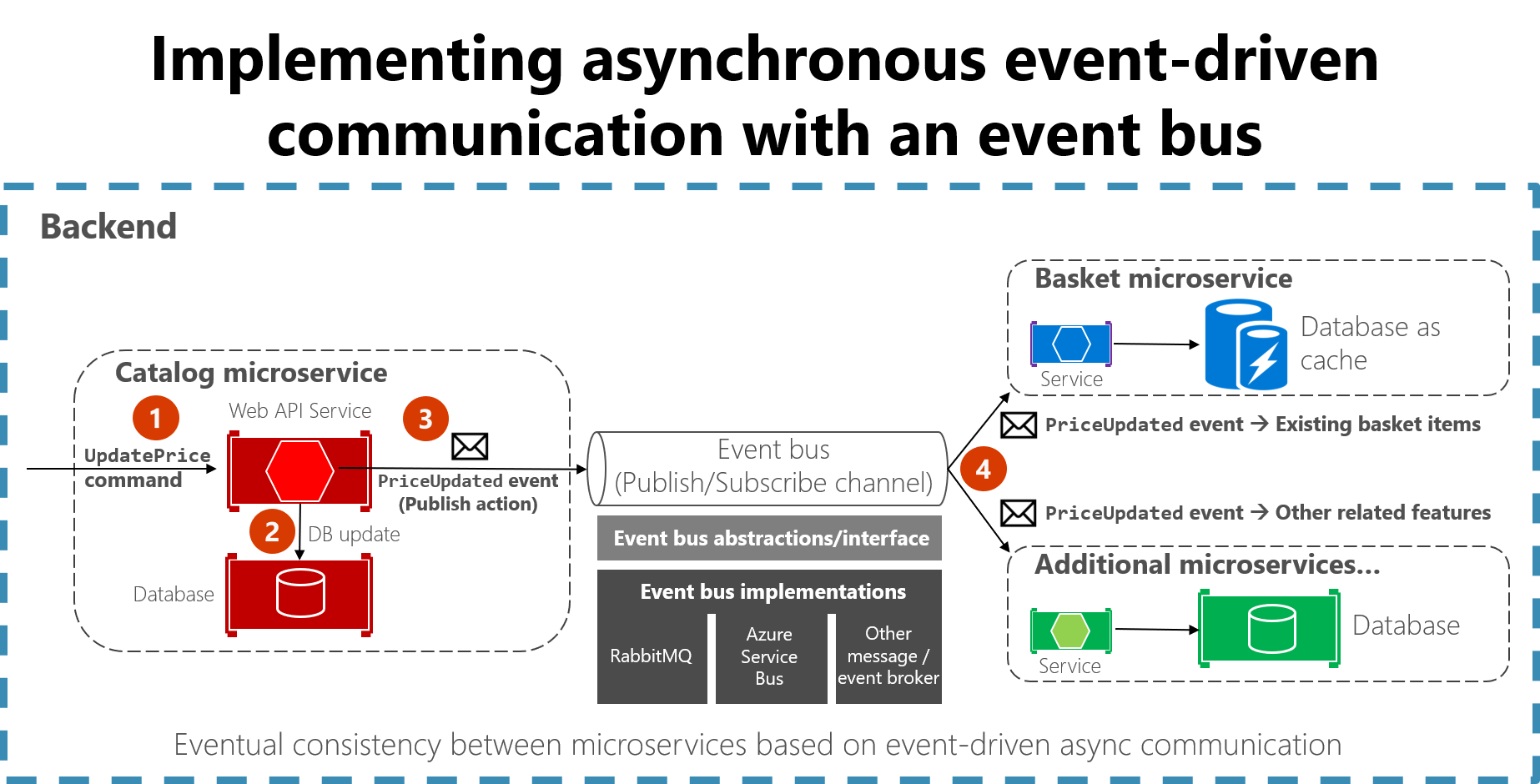
Implementing eventbased communication between microservices (integration events)
Inter-Service Communication for Microservices. In a monolithic application, all parts of the app access a shared database. Each part can easily invoke the functionality of another part. In a microservices architecture, an app is composed of many microservices, each potentially managing its own database. What happens if one service requires data.
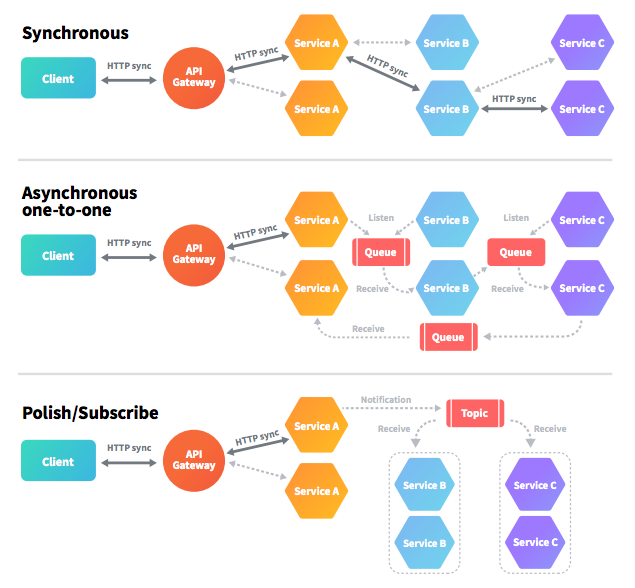
Communicating Between Microservices DZone
Communication between microservices is one such pothole that can wreak havoc if not considered ahead of time. The goal of this architecture is to create loosely coupled services, and communication plays a key role in achieving that. In this article, we are going to focus on three ways that services can communicate in a microservice architecture.

What Is Microservices Introduction To Microservice Architecture Edureka (2022)
Synchronous communicate results in tight runtime coupling, both the client and service must be available for the duration of the request; Problem. How do services in a microservice architecture communicate? Solution. Use asynchronous messaging for inter-service communication. Services communicating by exchanging messages over messaging channels.

Guide to Implementing Microservices Architecture On AWS
Service-oriented architecture (SOA) is another modular architecture, but one that leverages "services" - data as a service (DaaS), software as a service (SaaS), and platform as a service (PaaS). The most significant difference between microservices and the SOA model comes down to communication: in microservices, services are independent.
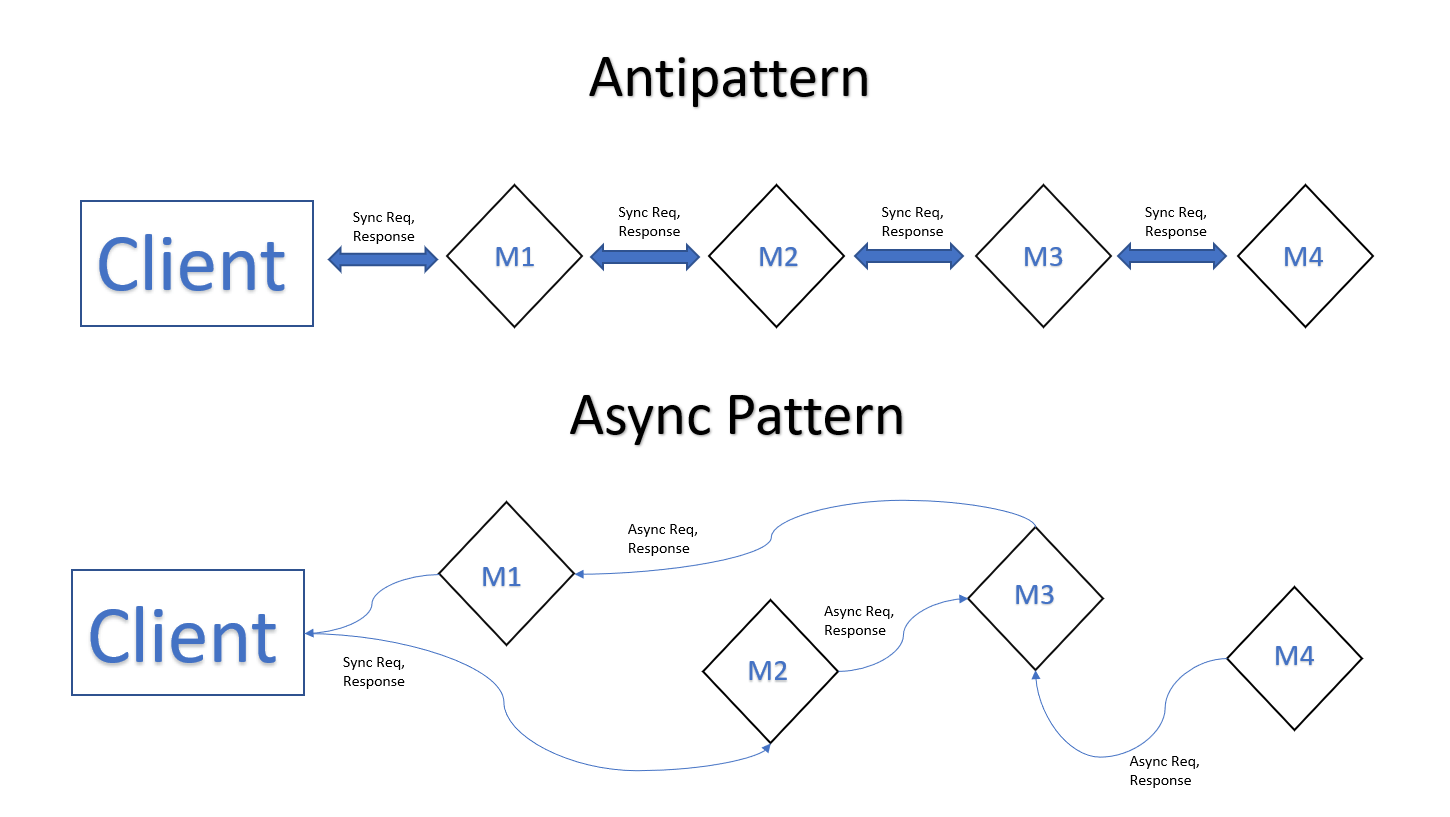
Lets Explore Microservice Architecture TechMeet360
Design interservice communication for microservices. Communication between microservices must be efficient and robust. With lots of small services interacting to complete a single business activity, this can be a challenge. In this article, we look at the tradeoffs between asynchronous messaging versus synchronous APIs.

Communication between microservices Building Microservices with Core
To enable distributed transactions in the refactored application, the checkout service handles the communication between the payment, shipping, and email service. The generic Business Process Model and Notation (BPMN) workflow uses the following flow: Figure 3. An order workflow that helps ensure distributed transactions in typical microservices.
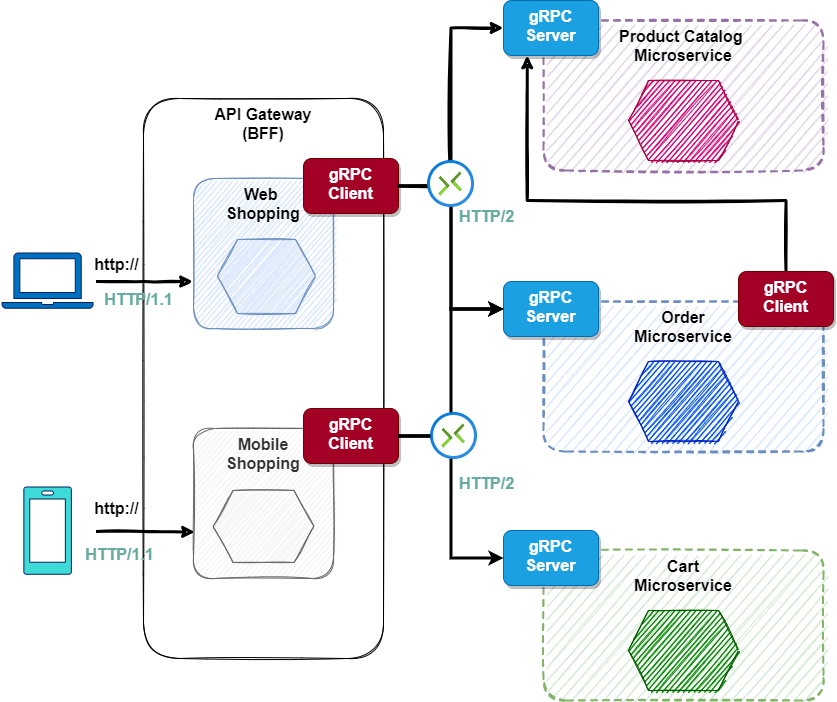
gRPC for microservices communication Techdozo
Here are some ways to achieve faster communication between inter-components in a microservices architecture: 1. **Use Asynchronous Communication**: - Implement asynchronous messaging systems, such.
Microservices (UML Deployment Diagram) Software Ideas Modeler
Microservices architecture is a software system architecture that is designed as a collection of loosely coupled independent services. A microservice can be developed, tested, deployed, and scaled without being disrupted by other services. Developers use microservices architecture to build a distributed and decentralized system.
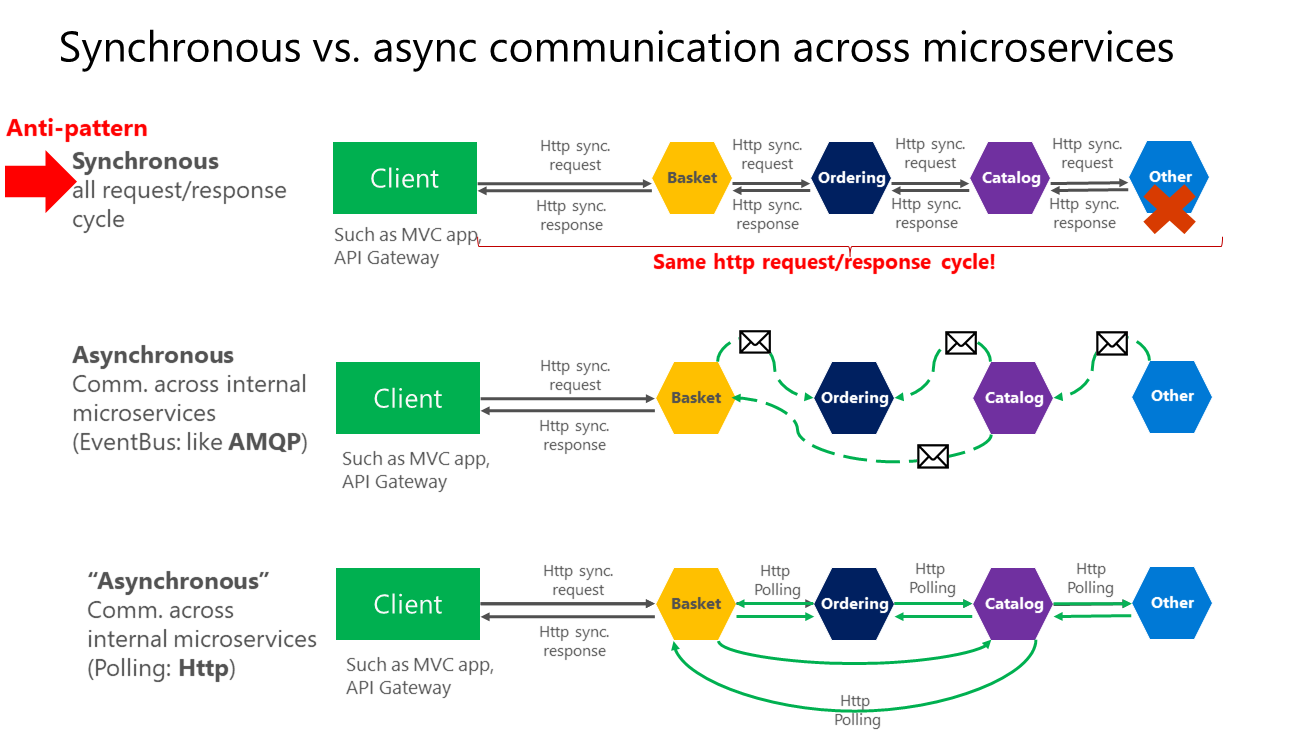
Comunicación en una arquitectura de microservicio Microsoft Learn
Ideally, you should try to minimize the communication between the internal microservices. The fewer communications between microservices, the better. But in many cases, you'll have to somehow integrate the microservices. When you need to do that, the critical rule here is that the communication between the microservices should be asynchronous.
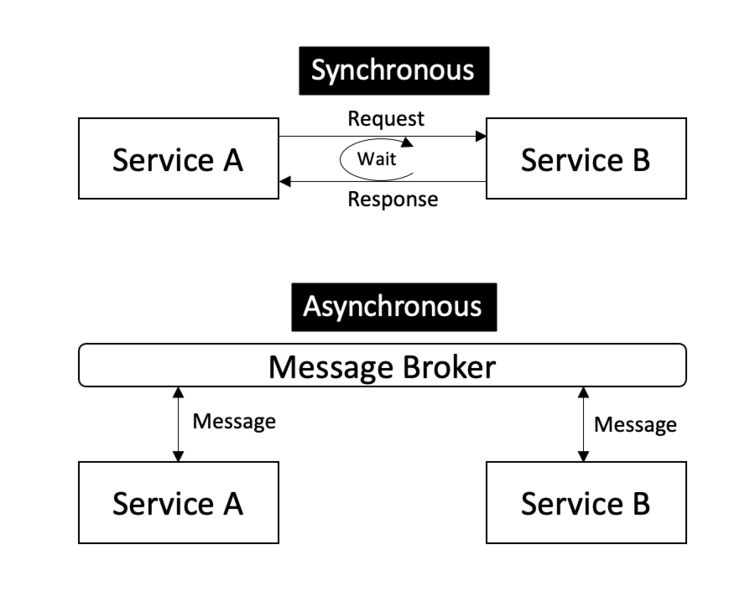
Microservices Communication Frameworks—Part 1 bye Ranjan Bhattacharya — EQengineered
A majority of the big corporations in the world are going the microservices way. Microservices are small independent but interconnected services that make up an application. This is unlike the earlier approach, when companies functioned with a single larg. Download Ebook. Explore Microservice Communication: Build robust web app systems in 2023.
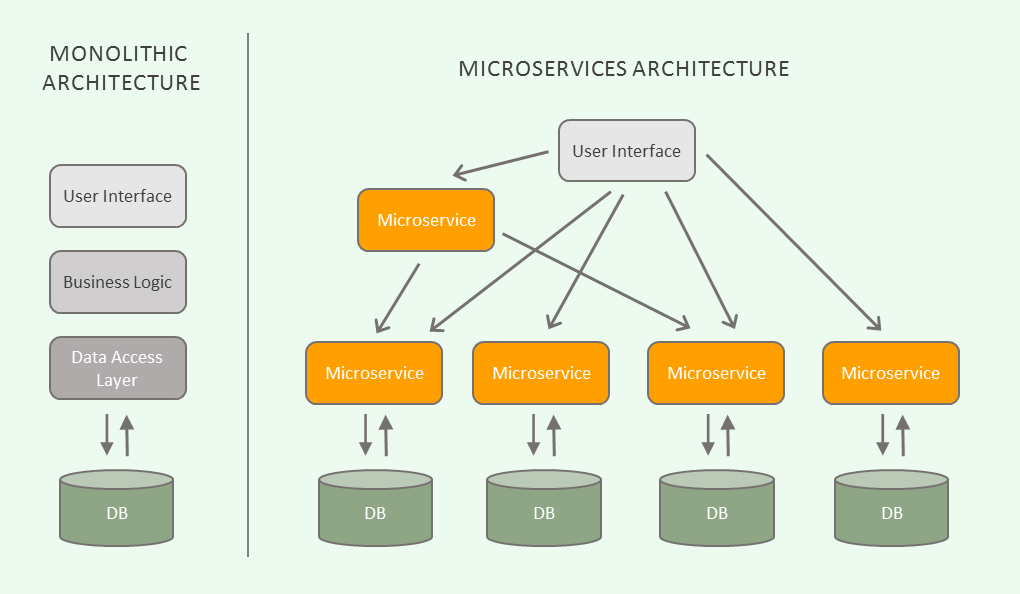
Introduction to Microservices What are Microservices? Use Cases and Examples Algorithmia Blog
Additionally, service mesh technology provides a way to manage communication between microservices, offering features such as load balancing, service discovery, and security. This ensures that the microservices within the architecture can communicate seamlessly, enhancing flexibility, scalability, and resilience in large-scale applications.